Encouraging browsing with Book Spine Poetry.
- JoAnne Saldanha
- Jun 8, 2021
- 2 min read
One of the big complaints in the school library is ‘We don’t have any books to read!’ Yet, I look at the shelves and see them groaning with books, barely place to slot more in. Each term a pile of new ‘must reads’ are added to the stacks. I could not understand why this was the regular refrain. . All that is needed is to get the children to ‘browse’ the shelves. The act of ‘browsing’ isn’t quite in style anymore. It’s more the ‘the library educator is google’ kind of thought that is the norm today. “Aunty, where is Harry Potter?” ‘Aunty, last week so and so spoke about a book which has a dog and a boy, where is THAT book?” So my role is now not just google search but google maps too! Where are the Harry Potters? Really now? There are seven tomes shelved together and you can’t find it? And just which boy and dog book exactly? . The need is to browse. Browsing makes eyes fall on books we would never have thought of asking for, browsing is an absolute gem of an activity...literally helps you pull out those hidden jewels. As you browse, you begin to familiarise yourself with not just the layout of the library, but also with a range of books. . So I’ve been searching for and thinking up activities which will encourage browsing. . I came across Book spine poetry which lends itself not only to browsing but also to imagination and creativity. The children browse the shelves, looking at the titles on the spine and putting them together to tell a ‘story’ or create a ‘poem’. As a reader, you have to stretch your imagination together with theirs, and then you will find the story. Teenage humour brought out some howlers, potty humour and some passable stories. In their defence, it was the first time that they tried it.
Book spine poetry/ stories...a creative way to browse the stacks.
Slide the image below to see some of my students Book Spine Poetry.


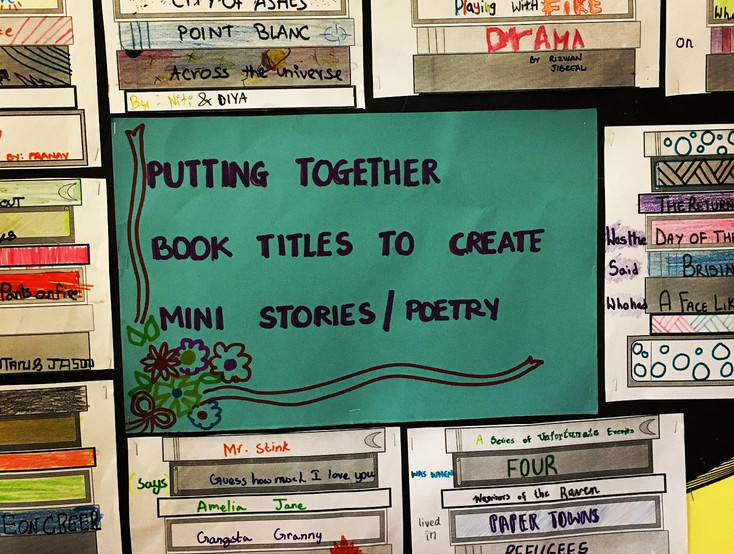

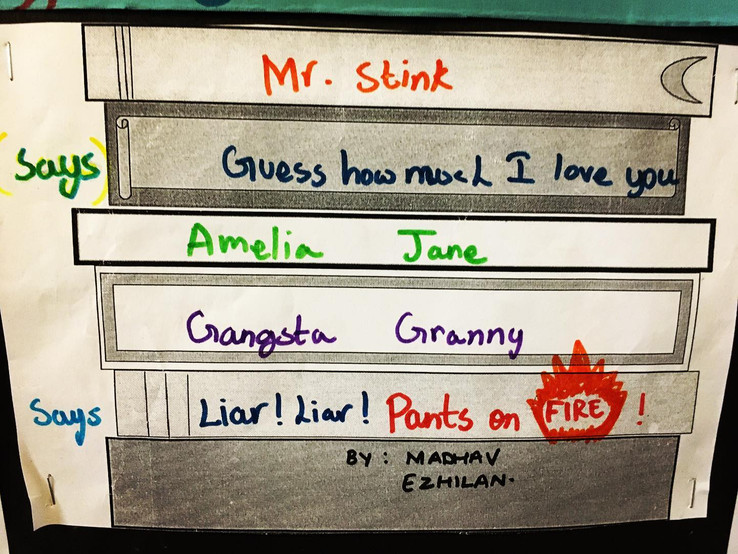

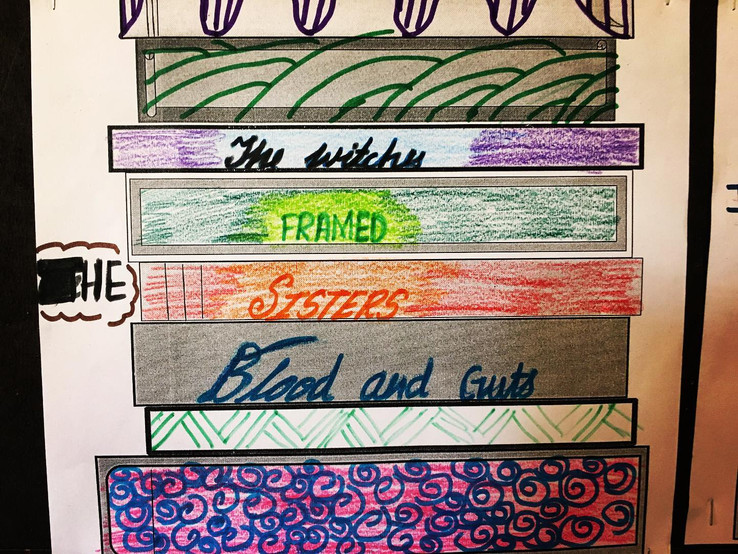

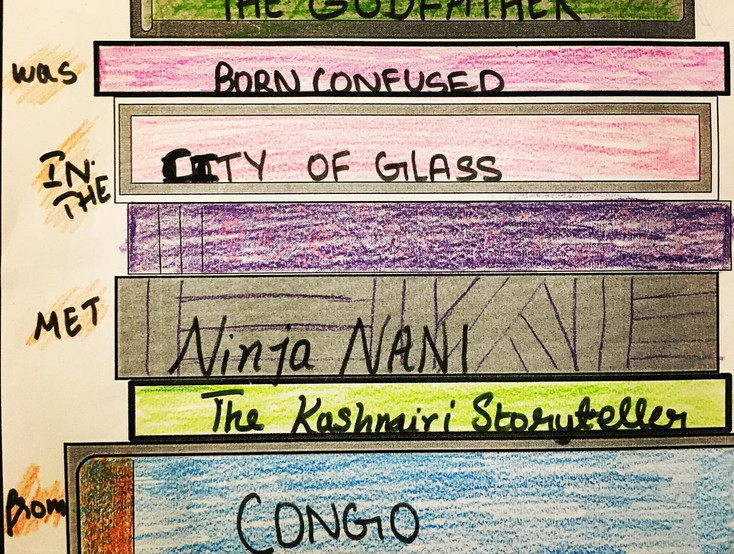

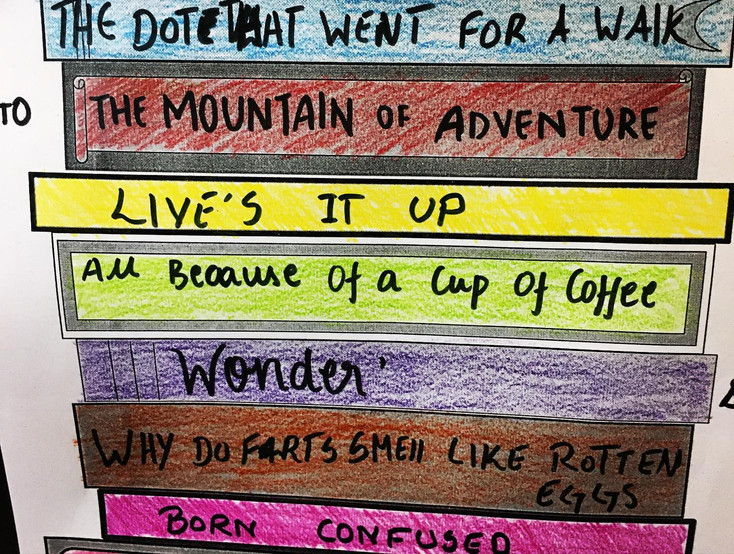






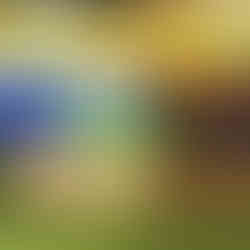






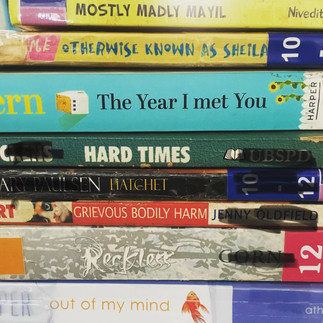




Comentários